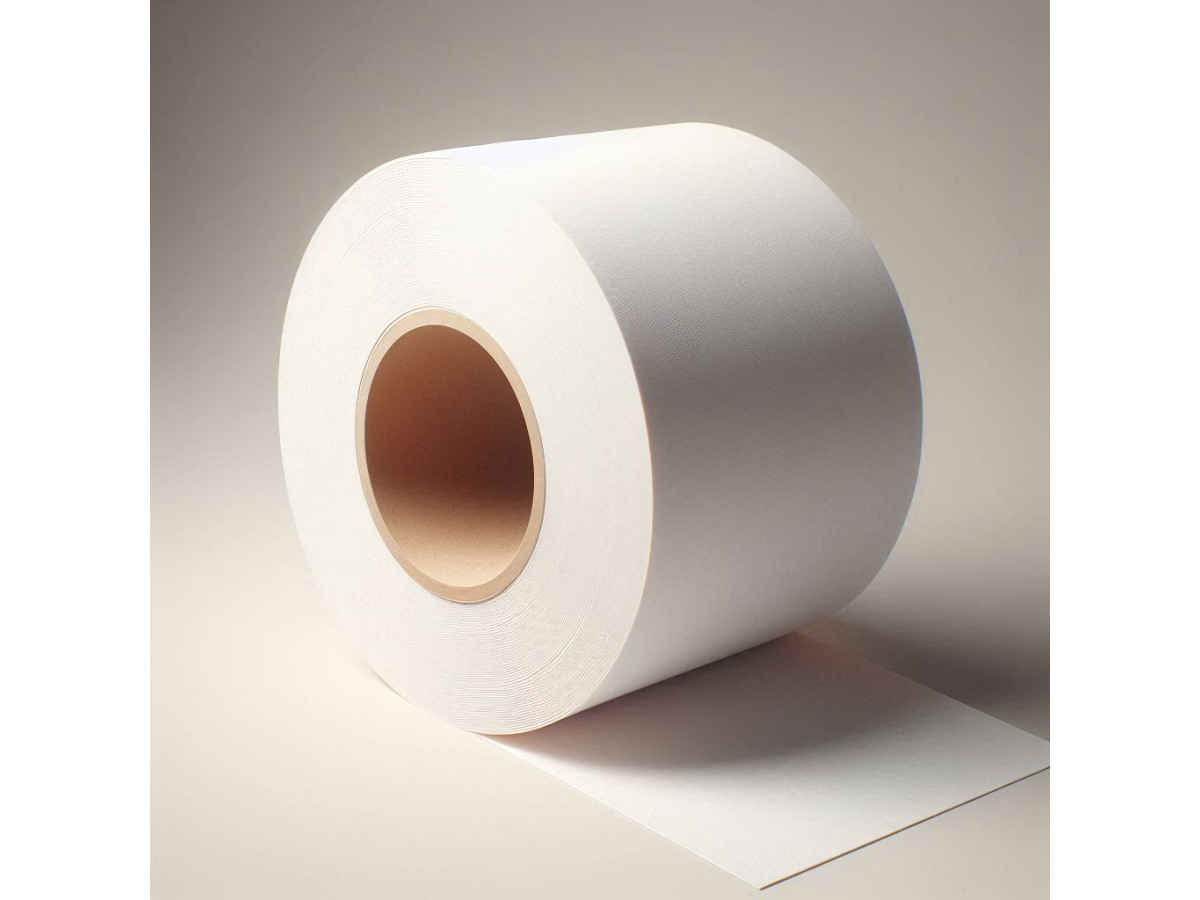Vacuum rubber – is a rubber created for work in a special vacuum. It is resistant to mechanical damage, chemical exposure and ruptures, prevents leaks, and withstands temperatures from -30 to +140 degrees. Due to its excellent performance characteristics, it is relevant in various industries. In the article, we will tell you in detail about its advantages and selection.
Types of vacuum rubber
Vacuum rubber is divided into several types:
- Formed: This vacuum rubber is intended for the production of cords of various cross-sections, round gaskets and other parts of any shape. Production is carried out at high temperature, the liquid mass is poured into a special tank, then poured onto a tape or formed into the required shape. After that, the baking process takes place in an autoclave.
- Unmolded: The desired shape can be given in a standard way. In this case, unmolded vacuum rubber is used. It is vulcanized in an autoclave and then processed.
- Color: The shade of vacuum rubber depends on the purpose. The material is mainly presented in black and white. However, the market offers various color schemes. They do not affect the properties of the product in any way, they are created for aesthetic and decorative purposes. White warrant is plastic, elastic, suitable for the manufacture of insulating cords and pipes, gas-permeable. Black variations are resistant to oils, do not allow gas to pass through, and are not elastic.
- Oil-resistant: This type is quite durable, resistant to various oils, and does not have a destructive effect when it comes into contact with regular rubber.
Thanks to the wide range of vacuum rubber, it is possible to choose the most optimal option that meets all your requirements and wishes. It is ideal for performing various tasks, regardless of their complexity. Considering that the main purpose of the material is to create a seal, it is most often supplied in sheets rather than rolls. All types are resistant to the negative impact of environmental factors.
Benefits of Using Vacuum Rubber Today
Vacuum rubber has a number of the following advantages:
- Sealing: Vacuum rubber prevents leaks and protects products from external contamination.
- Chemical resistance: Rubber is resistant to alkalis and acids, indispensable in extreme working conditions.
- Temperature resistance: The material is resistant to a wide range of temperatures and can be used in hot processes and refrigeration.
- Long term use: Vacuum rubber is resistant to aging and wear, which ensures durability and reliability.
- Compliance with standards: Rubber meets all safety standards and can be used in the food industry.
- Comfortable operation: The material is optimal for various production processes, easy to maintain and use.
Vacuum rubber is actively used in the production of various products and drinks, in catering establishments. This is due to its safety and hygiene.
How to choose vacuum rubber
Selecting the most suitable vacuum rubber depends on certain criteria that must be taken into account before purchasing:
- Temperature range: Rubber must meet the goals and objectives and withstand the required temperature conditions.
- Size: Select vacuum rubber that meets operating conditions.
- Color: As mentioned above, vacuum rubber is divided into white, black and other colors. Each type has its own individual performance characteristics and properties.
- Application: When choosing vacuum rubber for various industries, consider its features and ease of use.
Thanks to the above factors, you can easily select vacuum rubber suitable for specific tasks and purposes.
Conclusion
Vacuum rubber ensures safety and durability of products due to its strength, versatility and reliability. It is characterized by high quality, comfortable use, resistance to premature wear and negative impact of environmental factors. Suitable for various industries, meets safety and hygiene standards, is used in aggressive environments due to resistance to alkalis, acids and other aggressive substances. It is also suitable for use at home, for example, it is actively used as a sealant.

